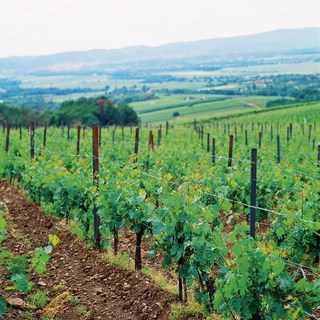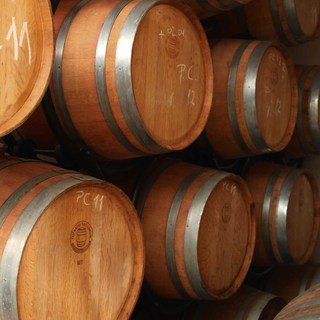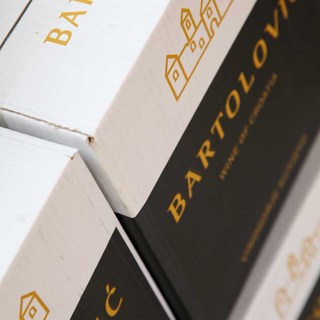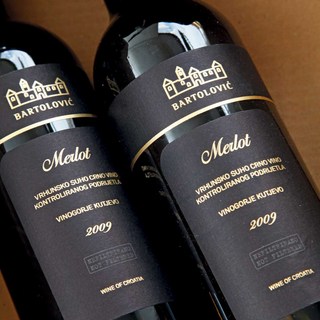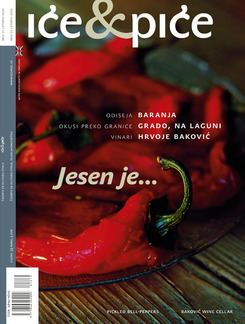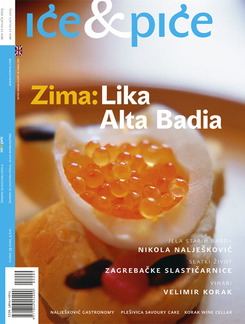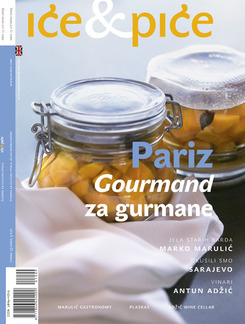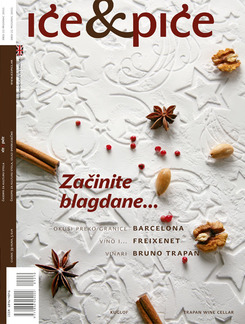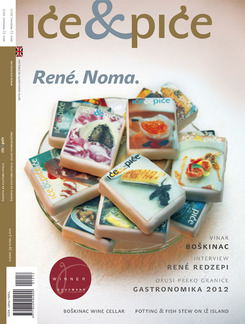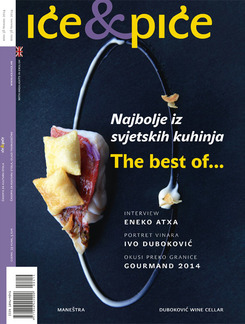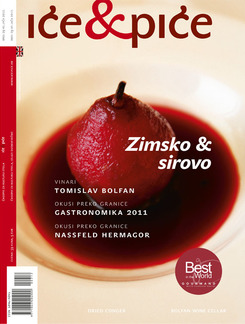Wine cellar’s ID
Tradition
When asked how he came to be, and how he managed, among wines, Krunoslav Bartolović replies: Simple. Birth and tradition. Every other house in Kaptol, where I was born, had a vineyard, and so did mine. In my family wine has been produced forever, and my father’s constant desire was to plant a real and serious vineyard. And the wish came true. In the 1980s we shifted into high gear and in the 1990s set out on serious and vigorous production. I had utterly no idea that I would find wine so infectious. Bartolović Italian Riesling or Graševina appeared on the market for the first time in 1998, and serious sales, with several different wines, came a couple of years later. Today the name of the Kutjevo vineyard and successful promoter of red Slavonia are important.
Vineyards and assortments
Ten hectares of their own vineyards and ten of subcontractors were planted in the area of the Kutjevo grape growing district and in the municipality of Kaptol, component part of the Papuk Nature Park. A special feature of the position is a height above sea level of 320 to 400 m, on a stony and sandy soil, a southern exposure and a dense planting complex. On three sides the vineyards are surrounded by brooks and forest, and in this way the winds are naturally channelled to the direction in which the vines are planted (north to south), reducing the need for plant protection. In a vineyard you have to be careful and cautious, because everything you do to it or don’t do to comes into the cellar with the grapes. Ten different varieties are planted, 50% white and 50% black grapes. Of the whites, the highest proportion goes to Italian Riesling, and the rest are Sauvignon, Pinot Gris, Chardonnay and Rhine Riesling. Red wines come from Cabernet Sauvignon, Syrah, Merlot, Pinot Noir and Zweigelt. Four more hectares are being made ready. Because my wife is very ecologically aware, and I believe in a symbiosis of plants and people, we are thinking very hard about a future range grown ecologically. This is a big challenge to me, and I believe I shall pull it off.
Cellar, technology, wines
The Bartolović family winery is in Požega, and they produce in it about 100,000 litres of wine a year, which are marketed as varietals and various blends. Because of the constraints of the premises, some of the production takes place elsewhere. It is crucial in the white wine technology to keep the freshness and minerality, and with reds to achieve harmony and balance, although the ultimate result is going to depend most on the year and the weather. Whites are on the whole produced and kept in stainless steel, while for reds we use oak barrels from various producers. It is interesting how much the barrels differ, each one enhancing and shaping the wine in its own way. It’s important to me to know every one of my barrels, and each one of my wines. The best grapes are used for making wines from the Kaptol line. I believe that we are known for our Italian Riesling Kaptol, but if I were to put forward a wine that is a synonym for Bartolović, then it is certainly Kaptol Red [Crni]. That wine is me.
Philosophy
When my father took the first vineyard, we worked Saturdays, because that was a free day. I hated that job because I was fifteen and preferred playing football and basketball. In the early nineties everything changed and hate turned to love, and wines and the vineyard became a great source of satisfaction. There’s no great philosophy here. Wine is just life. I like working and creating. I have prepared the earth for the vineyards, planted the canes, put up the supports. I go round the vineyards and make wines myself. I try to be what I am. I have never been much into trends, for just as I listen to the music I like, so I make the wines I like drinking.
People
Although the Bartolović winery employs ten people, Krunoslav still insists that this is a family business. He is on very good terms with his associates, they know each other well, and work well together. He is personally the main oenologist in the cellar, and young co-worker Ivan Primus is his right hand. The team of oenologists is made up of two young trainees. His wife Helena looks after the economic part of the job, and Krunoslav has taken on most of the sales and distribution. Business is an everyday struggle, one has to survive. Although I am not an expert in selling, I have put a lot of time and effort into understanding it and today I know well how the system works. The winery has its own tasting room, and nearby is the Slavonian House, premises got up in authentic style, in which they host large groups of tourists. Krunoslav is a pleasant conversation partner, who not only looks to the future but also often refers to the past. We learn that history, along with wine, is a great love of his.
The future
I don’t know what the future of Croatian winemakers will be when we get into the EU, and don’t fret about it. I know what mine is, or rather, know what I want and what I have to do. I want to sell 25% of the wine through the cellar, through tastings and visits from tourists. Because of the diversity of the assortment and the different times of ripening, the vintage takes place in our vineyard for about three months, and I reckon this is a big advantage. I want interested foreigners to come and pick and with my help to make wines for themselves. Wines with their own name and surname. At a reasonable price too. I want to export half of my wines, and I think that I am well on the way. One has to put in a lot of effort and work, but I won’t give up. To be frank, I am seriously considering a strategic partner to help me achieve these goals. I have already mentioned that the planting of 4 more hectares of vineyard is in preparation. There are always plans.
